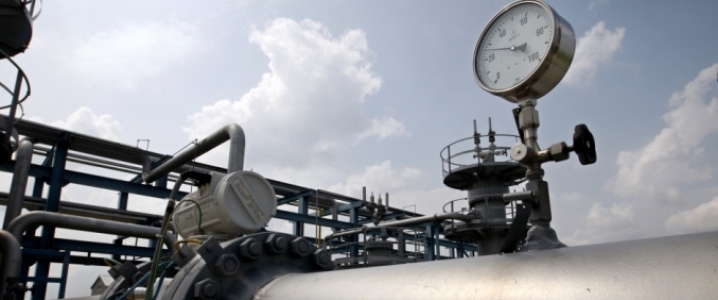The U.S. shale industry is undergoing a significant overhaul, with a series of announcements from drillers indicating a shift in strategy.
U.S. shale companies are set to increase their capital expenditures by 20 percent this year, while also boosting their production guidance, according to Rystad Energy. Obviously, the Permian is where a lot of the action is – Permian drillers forecast a 40 percent increase in production, year-on-year, a colossal jump of about 850,000 bpd.
But it isn’t just that they are spending more and producing more. Rystad Energy says that many in the shale industry are “optimizing their acreage portfolio,” discarding less attractive assets by selling them to other companies and using the proceeds to fuel growth in the more desired locations. This way, Rystad says, they can grow production “while ultimately staying cash flow positive.”
Rystad cited the example of QEP Resources, which is shedding its acreage in the Bakken, Haynesville and Uinta, and going all in on the Permian. Also, Pioneer Natural Resources announced plans to get rid of all of its non-Permian assets, and announced a $2.9-billion spending program focused all on the Permian Midland. Pioneer’s production will be flat this year, but it will shift decidedly to a Permian-centric makeup.
Rystad notes that it isn’t all just about concentrating on the Permian. Devon Energy sold off some Barnett assets to focus on the Permian and STACK. Whiting Petroleum is hoping to sell Niobrara/Redtail acreage and use the proceeds on the Bakken. Related: Building The World’s Largest Solar Project
The common thread through these announcements, according to Rystad Energy, is a series of plans to “optimize” assets, rather than simply growth for the sake of growth. Shale companies are not looking to simply buy acreage, but to buy the right acreage. And instead of using equity sales or new debt to finance the purchases, more and more companies seem to be selling off unwanted acreage and financing spending increases from those sales.
Nevertheless, the shale industry, by and large, is indeed increasing spending now that oil prices are at their highest point in years. A recent survey from the Federal Reserve Bank of Dallas shows that more than half of the 136 shale companies surveyed said that they are planning on hiring more people this year, and most said that they can turn a profit at today’s oil price. The companies said that on average they need a $47-$52 WTI price to breakeven in the Permian, although smaller companies that are struggling would need more than $70, an ominous sign for them.
Meanwhile, the proposed all-stock purchase of RSP Permian by Concho Resources is another sign of consolidation taking hold in the Permian. The $9 billion acquisition would create the largest shale driller in the basin.
The Permian is “now getting more into intense development,” Concho CEO Tim Leach said in a call with analysts. “As companies get to this point and look at their assets and their activity, the efficiency you can gain by a bigger balance sheet and a bigger program is really what’s driving this." Related: $9.5B Deal Creates Biggest Player In The Permian
To be sure, investors were not exactly enthused by the deal, which amounted to a greater than $70,000 per-acre price tag. Concho’s share price fell 9 percent on the news, although rebounded a bit on Thursday. The inflated price tag is an indication that land prices are sky-rocketing, which will raise costs in the region.
In fact, the industry is experiencing cost inflation throughout the supply chain as drilling continues to accelerate. The Dallas Fed survey found that wages are rising, as are the inputs for oilfield services even as oil producers have thus far managed to keep suppliers from hiking their prices.
“E&P companies are still holding service prices down at every turn. On the flip side, our costs of goods, fuel and wages are climbing every day. It is time for rate increases to ensure a profit and sustainability,” a respondent from an oilfield services company told the Dallas Fed. Ultimately, oil companies are going to have to pay more for services, which, again, will raise costs.
Even as shale is growing at a blistering rate, the days of falling breakeven costs could be over.
By Nick Cunningham of Oilprice.com
More Top Reads From Oilprice.com:
- Barclays: Expect $51 Oil This Year
- EV Battle Heats Up Amid Trump Tariffs
- US Oil Rig Count Dips As Prices Rise


















